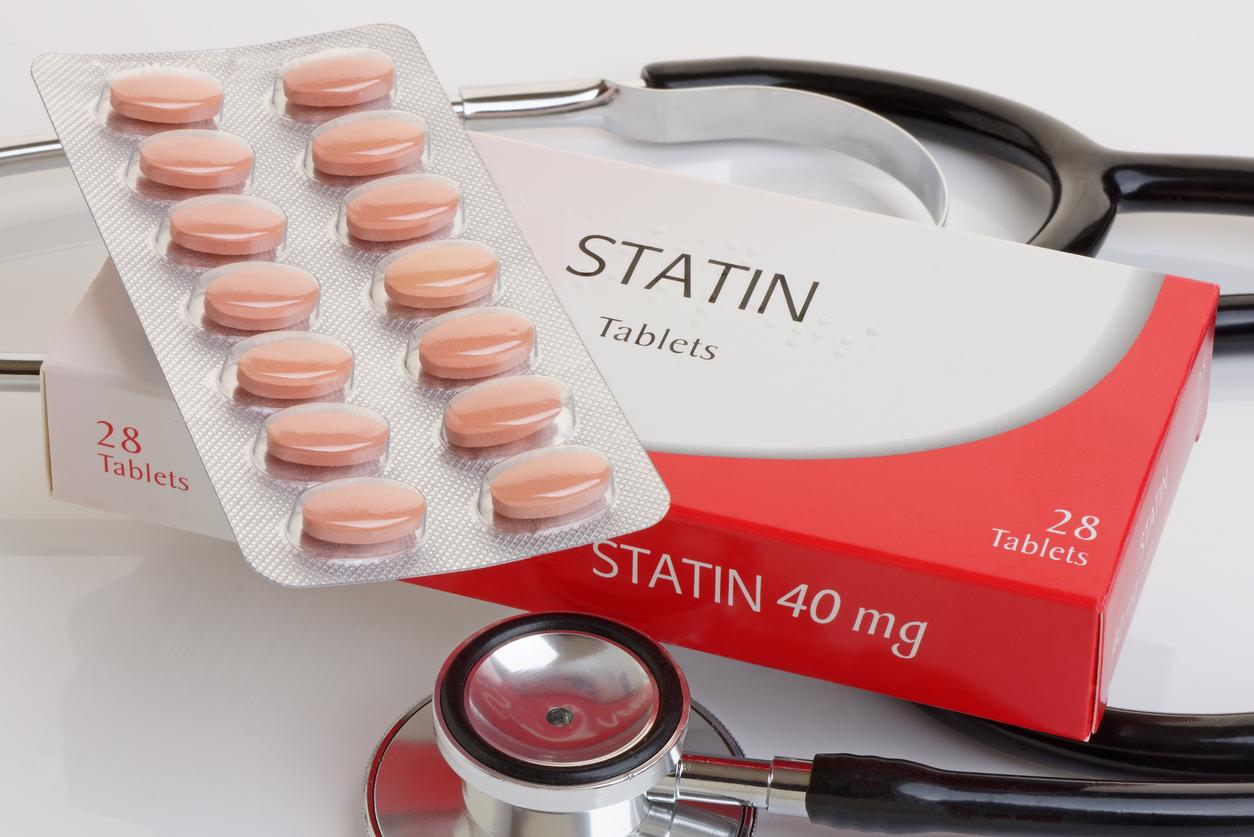There are few treatments for AMD today. However, researchers have found ways to improve visual acuity with statins.

It is the leading cause of visual impairment among seniors. Age-related macular degeneration, or AMD, involves around 8% of French people, according to Inserm (see box). A proportion that increases as people get older. Thus, more than a quarter of those over 75 are affected.
A new study, published in the online journal EbioMedecine shows that taking statins, drugs used against cholesterol, could improve the vision of people with AMD. The researchers at Harvard Medical School conducted a phase I and then phase II clinical trial in 23 patients.
All had dry AMD, the most common form of the disease, which results in the deposition of lipids (drusen) on the retina. They were prescribed high doses of atorvastatin (80mg). As a result, lipid deposits were reduced, and participants’ visual acuity improved. Statins could therefore constitute an interesting treatment avenue for AMD.

Link with atherosclerosis
For a long time, ophthalmologists have believed that there is a link between AMD and atherosclerosis, deposits of lipid plaques on the walls of the arteries, linked to high cholesterol levels. The use of statins also helps stabilize the development of atherosclerosis.
This work makes it possible to bring the two pathologies together, since both are not characterized by similar lipid deposits. Now, they could potentially be treated the same.
Further work is obviously necessary in order to include a larger number of patients, and to understand how the management of patients with AMD, especially at an early stage, could be modified.
Two forms of AMD
AMD is an age-related disease, the prevalence of which increases as people age. In developed countries, it is the leading cause of visual impairment and blindness.
There are two forms of AMD: dry (atrophic), the most common, and wet. After an early and asymptomatic first phase, age-related maculopathy, the pathology can evolve into one or the other of these two late degenerative forms. Their consequences are similar, as they lead to degradation of the retina and loss of central vision, in one or both eyes.
Dry AMD is characterized by the gradual disappearance of certain retinal cells, following lipid deposits. There is not yet a treatment for this form of AMD, but this latest study could be an interesting lead.
Wet AMD is caused by an overgrowth of abnormal vessels under the retina.
.

















